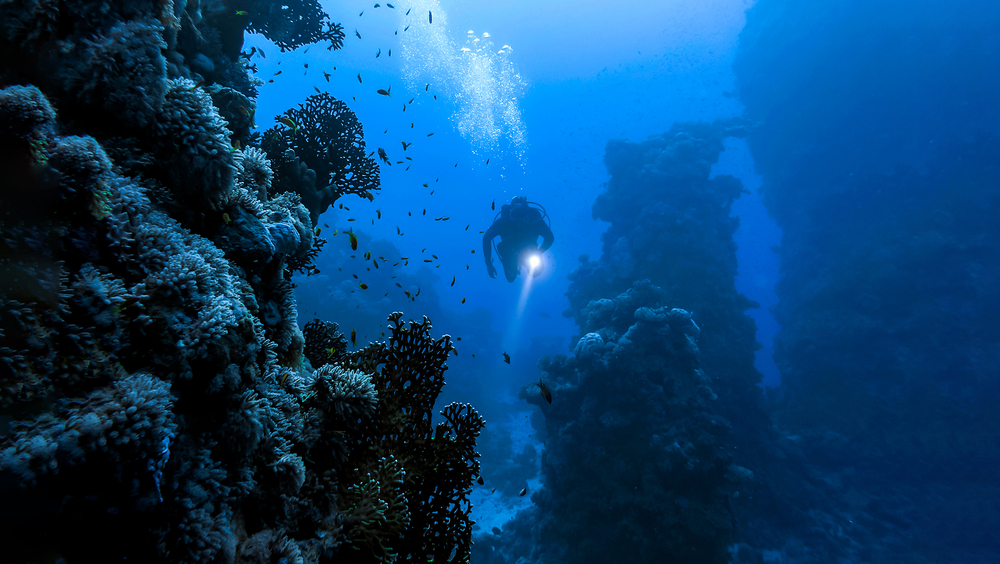New Deep Sea Bacteria Found that Absorbs C02
Scientists studying the Pacific Ocean have discovered a bacteria that absorbs carbon dioxide (CO2) and could potentially turn itself into a food source for other sea creatures.
The bacteria was discovered in one of the deepest parts of the Pacific Ocean, the Clarion-Clipperton Fracture Zone (CCFZ), a trench which extends 2.5 miles beneath the surface.
Scientists have been exploring the area due to its deep sea mining potential. Trials are set to be carried out and if successful, it could mean 200 million tonnes of CO2 is being turned into biomass every year.
Contractors from Korea, Germany and the UK believe the site to be a promising source of polymetallic nodules, which contain metals like nickel, copper and cobalt.
Researchers have carried out tests on the deepest parts of the Pacific Ocean
Researchers at Heriot-Watt University in Edinburgh carried out a series of experiments of the sediments located in the CCFZ and discovered the bacteria, findings were then published in the Limnology and Oceanography.
Andrew Sweetman, who was part of the research team said: ‘We discovered that benthic bacteria are taking up large amounts of carbon dioxide and assimilating it into their biomass through an unknown process.
‘Their biomass then potentially becomes a food source for other animals in the deep sea, so actually what we’ve discovered is a potential alternative food source in the deepest parts of the ocean, where we thought there was none.’
Prior to the study, researchers had believed that the biggest source of biomass on the ocean seafloor was organic matter, like dead fish and plankton, that had floated down.
The Clarion-Clipperton Fracture Zone (CCFZ) is located in the the Eastern Pacific Ocean
The team has highlighted the importance of more research being carried out before any mining activities begin.
Mr Sweetman added: ‘This equates to approximately 10 percent of the CO2 that the oceans remove each year, so it’s possibly an important part of the deep-sea carbon cycle.
‘We found the same activity at multiple study sites separated by hundreds of kilometres, so we can reasonably assume this is happening on the seabed in the eastern CCFZ and possibly across the entire CCFZ.’
Speaking to Newsweek, Sweetman said each mining contract could disturb hundreds of square miles of seafloor every year.
Projects are being led to learn how disturbing the ecosystem could impact the climate more widely
‘Small scale disturbance experiments that have been carried out in the abyss have shown limited recovery of animals and microbes over long periods.
‘Therefore deep-sea mining may significantly impact seafloor microbes that are actively removing CO2. If a significant amount of CO2 is removed each year by the microbial communities within mining areas, mining may inadvertently affect important ecosystem services in the deep sea.’
Mr Sweetman is now leading a project to understand what impact disturbing this ecosystem could have on the climate more widely and he highlighted the need to explore the process in greater detail.
A study had previously been carried out into bacteria beneath a lake in the West Antarctic
‘At present, we don’t know where the energy is coming from for CO2 fixation, and what microbes are fixing C into their biomass. Once we’ve figured this out, we can start interrogating the available data on microbial diversity in the deep-sea to assess where this process is happening in the ocean.’
Earlier this year a study had been carried out beneath a lake in the West Antarctic, which found that an ice sheet was consuming methane, which is an extremely potent greenhouse gas.
Researchers found the bacteria was digesting methane and preventing it from entering the water and eventually escaping into the atmosphere.

